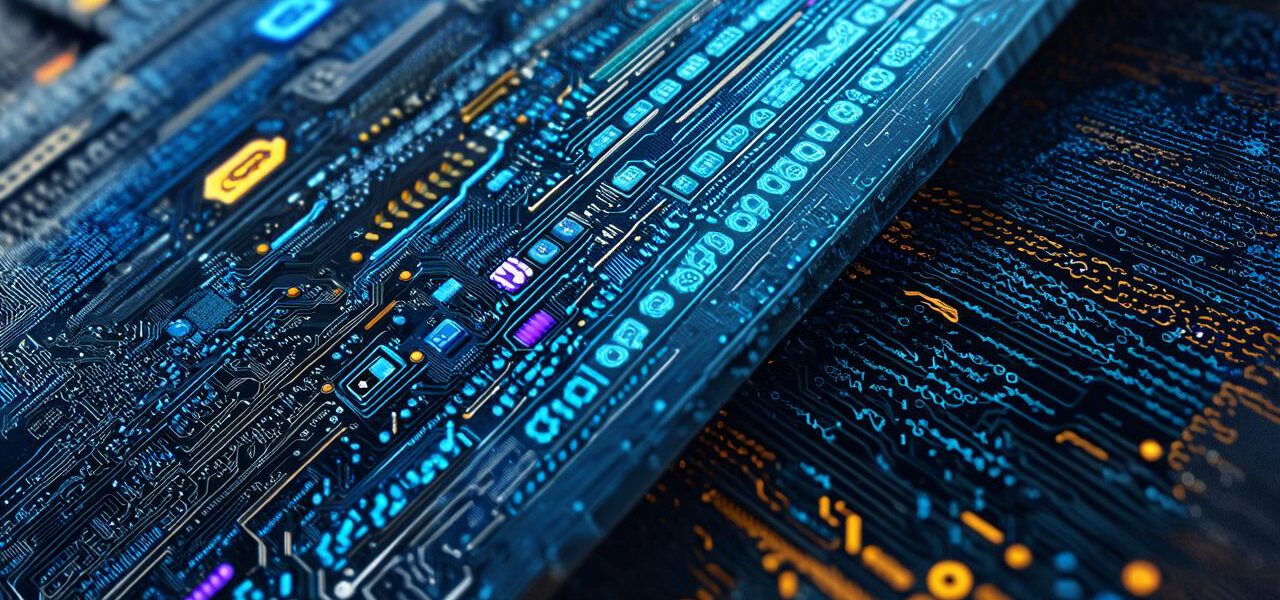
How to develop blockchain applications: a complete tutorial
What is Blockchain?
Blockchain is a distributed ledger technology that enables secure and transparent transactions without intermediaries. It was originally created to facilitate bitcoin transactions but has since been applied in various fields such as supply chain management, voting systems, and identity verification. A blockchain is a chain of blocks that contain information about transactions or other data. Each block is cryptographically linked to the previous one, ensuring that once data is recorded on the blockchain, it cannot be altered or deleted.
Why Develop Blockchain Applications?
Developing blockchain applications offers numerous benefits such as:
- Decentralization – The distributed nature of the technology ensures that data is stored across multiple nodes, eliminating the risk of a single point of failure. This makes it difficult for hackers to compromise the system.
- Security – Transactions are encrypted and verified through complex mathematical algorithms, making it difficult to tamper with the data. The use of public-key cryptography ensures that only authorized users can access the information.
- Transparency – All participants have access to the same information, ensuring that there is no discrepancy or manipulation of data. This increases trust in the system and reduces the need for intermediaries.
- Immutability – Once data is recorded on the blockchain, it cannot be altered or deleted. This ensures the integrity of the data and prevents fraudulent activities.
- Trustless – Since all parties involved in a transaction have equal access to the same data, there is no need for intermediaries such as banks or governments. This reduces costs and increases efficiency.
Steps to Develop Blockchain Applications
Developing blockchain applications involves several steps, including:
- Determine the Use Case – The first step in developing a blockchain application is to determine its use case. This will help you understand the requirements and constraints of the application. You can start by identifying a problem that needs to be solved or an opportunity that can be exploited using blockchain technology.
- Choose the Right Blockchain Platform – There are several blockchain platforms available, such as Ethereum, Hyperledger Fabric, and Corda. Each platform has its strengths and weaknesses, and the choice depends on the requirements of your application. You can choose a public or private blockchain network based on the level of security and privacy required.
- Design the Smart Contract – The smart contract is the backbone of the blockchain application. It defines the rules and logic for the application, including the transactions that can be performed and how they are verified. You can use a programming language such as Solidity or Java to write the smart contract. The smart contract contains a set of rules that govern how data is stored on the blockchain and how transactions are processed. It also defines the access control mechanisms for the application.
- Develop and Test the Application – Once you have designed the smart contract, you can start developing the application. The development process involves writing the code, testing it, and debugging any issues that arise. You can use tools such as Truffle or Remix to develop and test the smart contract on a local blockchain or testnet.
- Deploy the Application – Deploying the application involves transferring the code to the production blockchain network and configuring the nodes that will participate in the network. You may need to set up a node to host the smart contract and manage the transaction processing. Once the deployment is complete, users can access the application and perform transactions using the specified rules and logic defined in the smart contract.
FAQs
1. What is blockchain?
Blockchain is a distributed ledger technology that enables secure and transparent transactions without intermediaries. It was originally created to facilitate bitcoin transactions but has since been applied in various fields such as supply chain management, voting systems, and identity verification.
2. Why develop blockchain applications?
Developing blockchain applications offers numerous benefits such as decentralization, security, transparency, immutability, and trustless. It enables secure and transparent transactions without intermediaries



